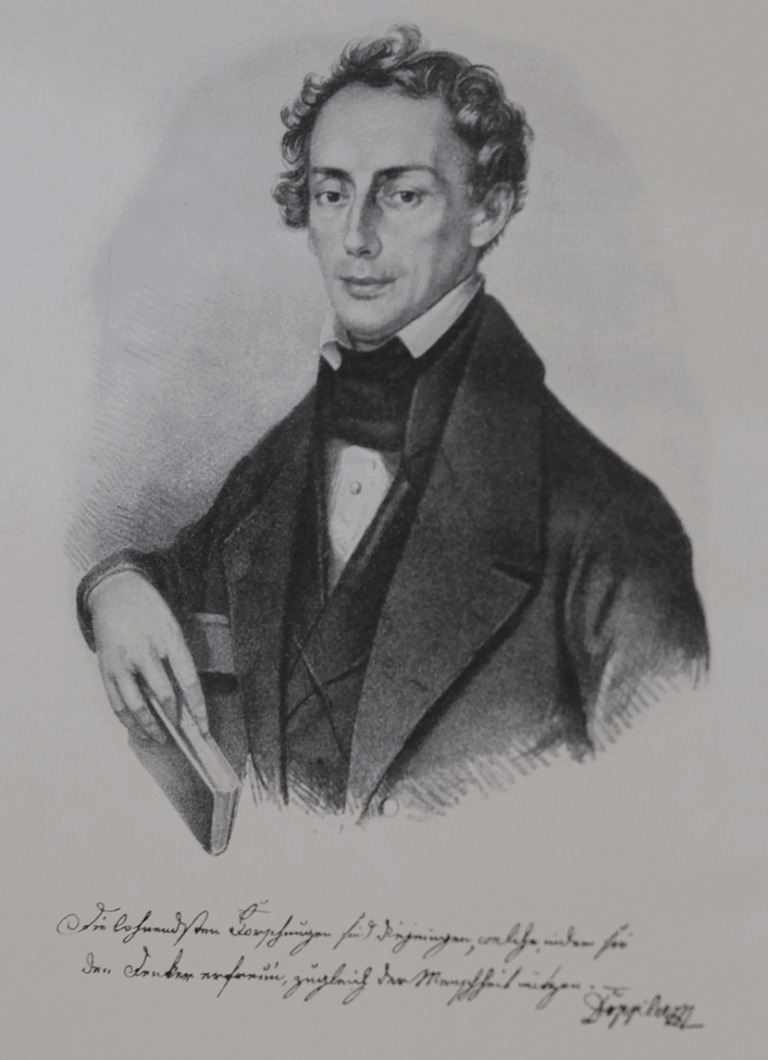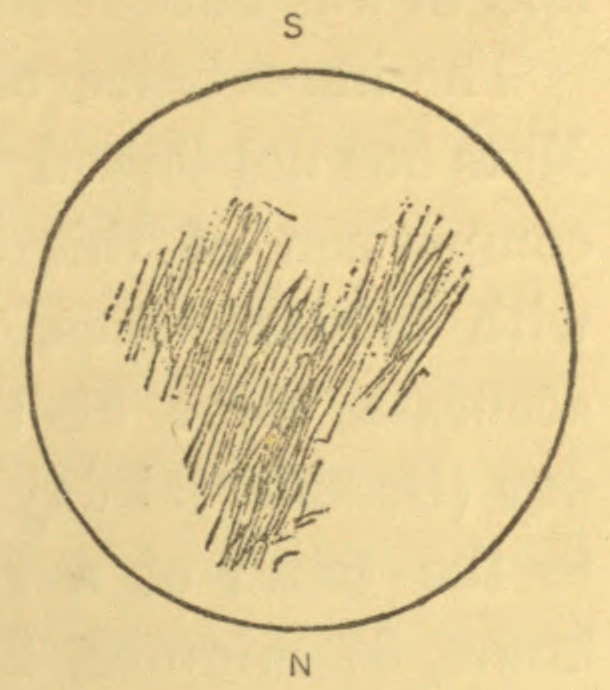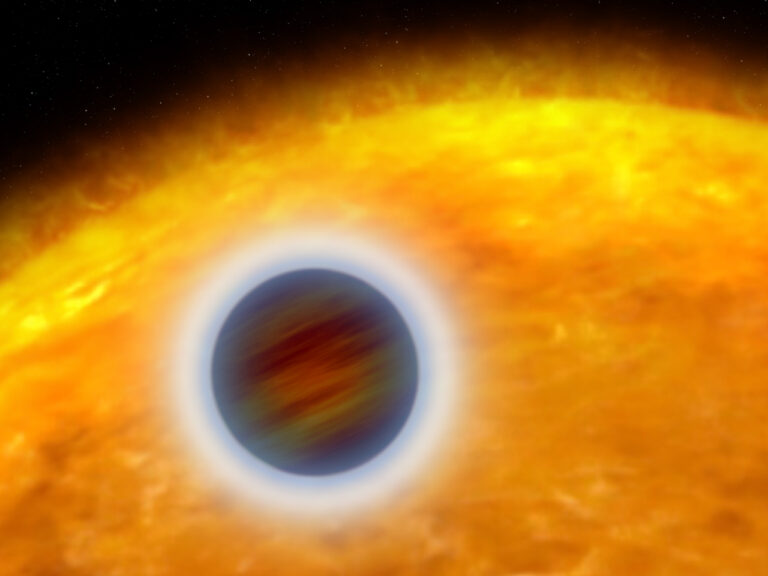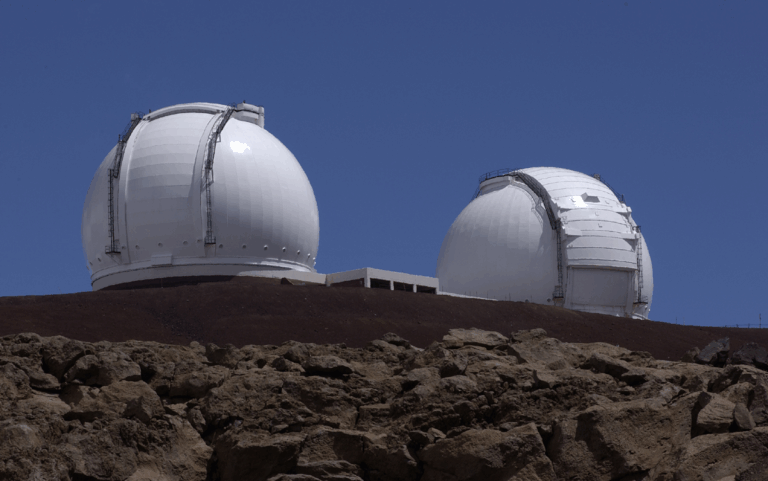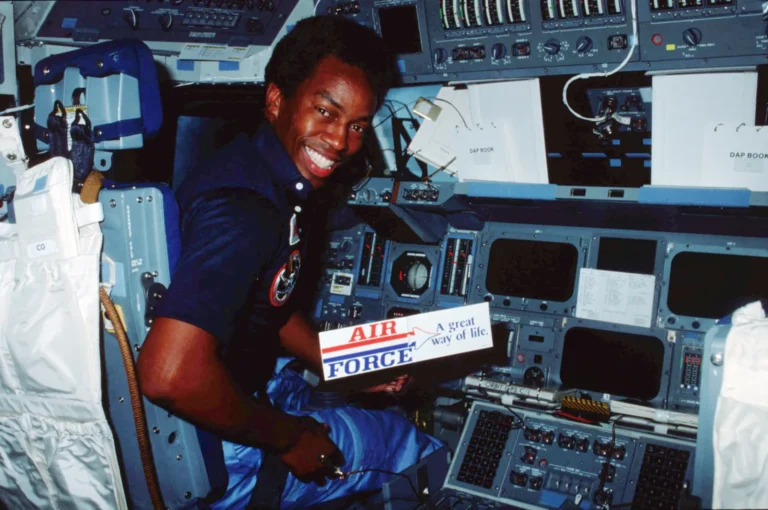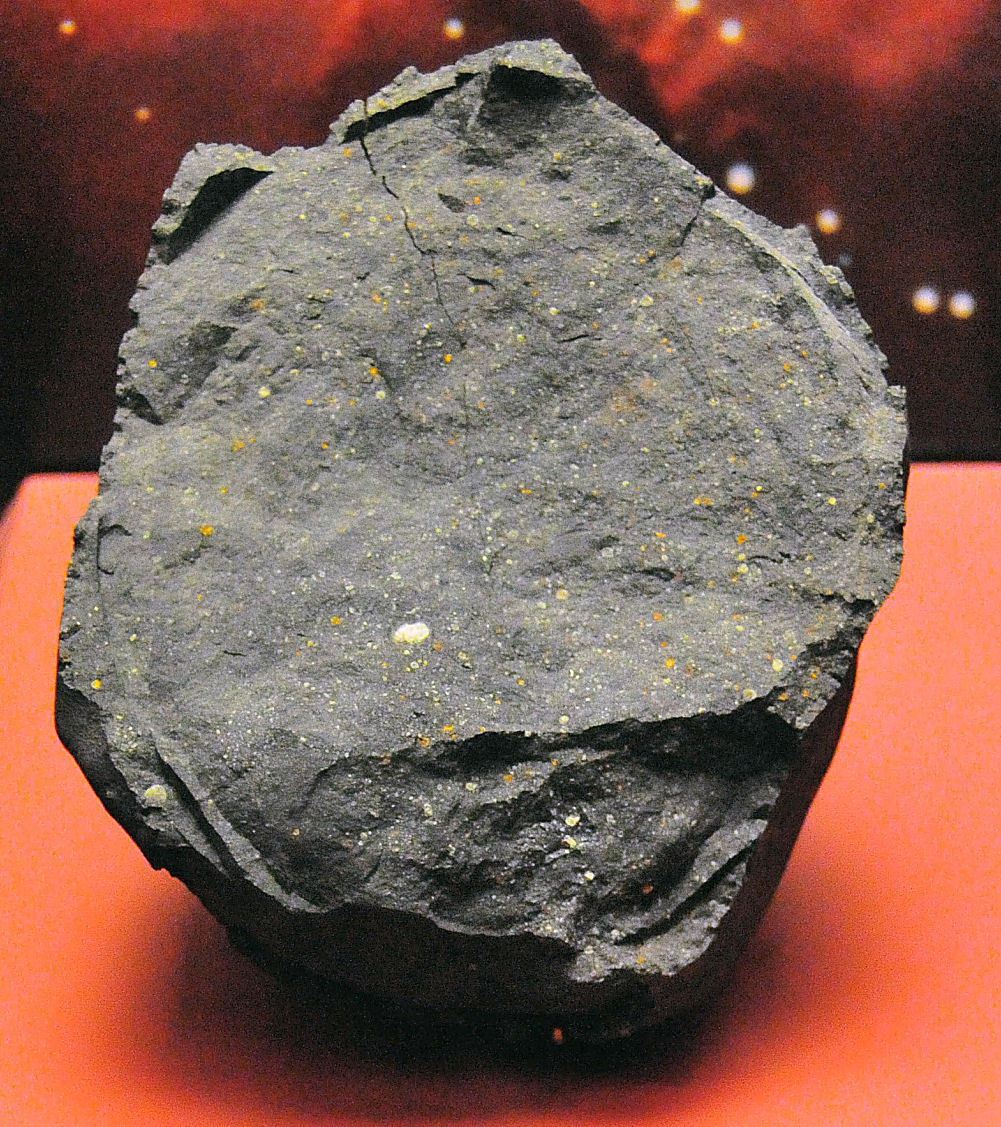
Key Takeaways:
At 10:58 AM on Sept. 28, 1969, residents of the small farming community of Murchison, Victoria, in Australia, heard a series of loud booms. The noise was accompanied by a strong smell and a streak of smoke in the sky. A carbonaceous chondite meteorite, the Murchison Meteorite broke up as it entered the atmosphere, and thus left no crater. Instead, it spread fragments across a 13.5-square-mile (35 square kilometers) swath of farmland. The next day, local farmer Arnold Brisbane brought samples of the meteorite to his local newspaper, which contacted the University of Melbourne, allowing pieces of the meteorite to be collected while fresh and uncontaminated. Thanks to that speed and the incredible age of the meteorite – 4.6 billion years old, and thus older than Earth itself – the samples have held a wealth of discoveries for scientists. Among other findings, the meteorite has shown the presence of carbon elsewhere in the universe, has provided information about the formation of elements, and has proven that the building blocks of life are plentiful in the cosmos.

